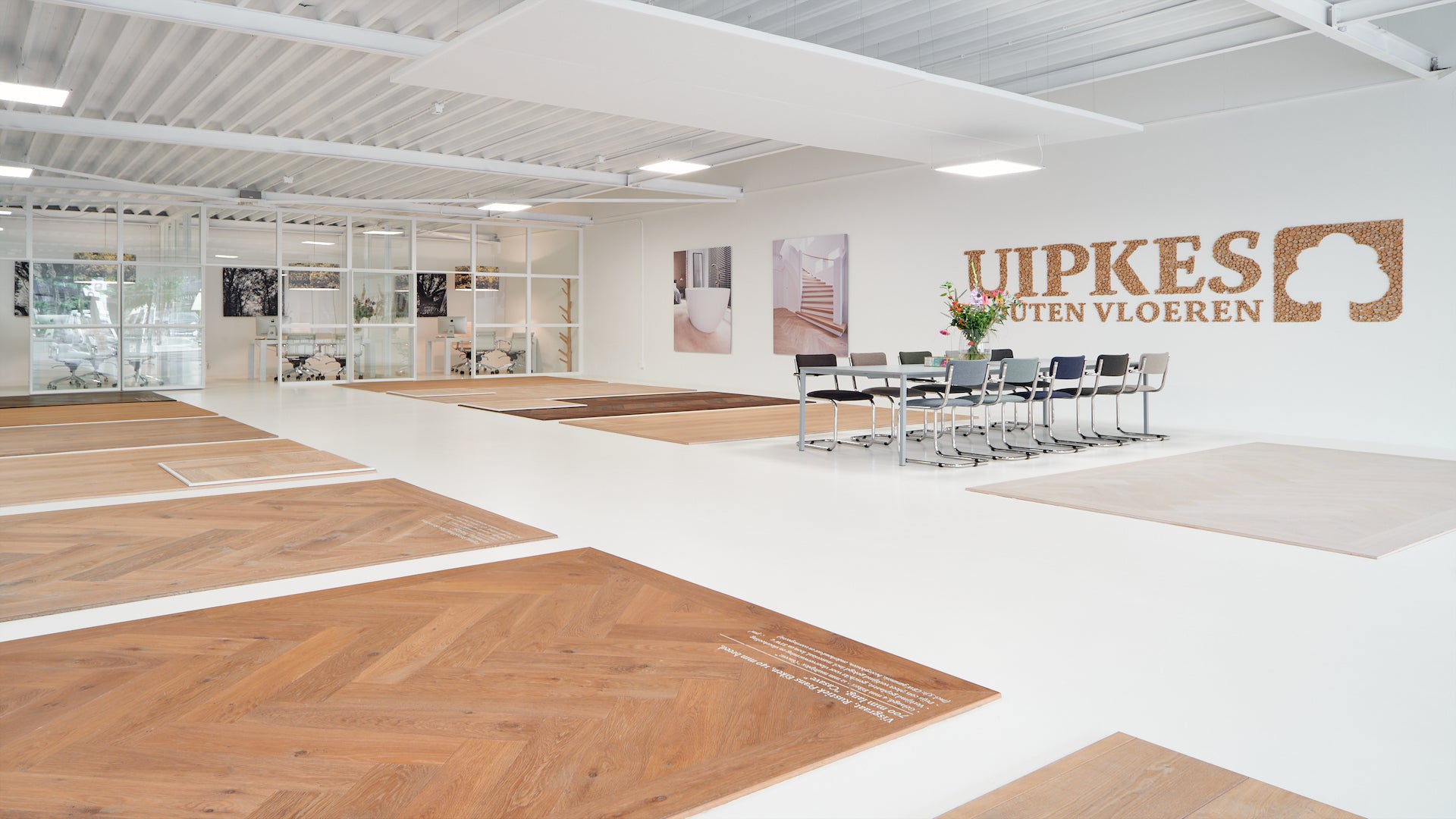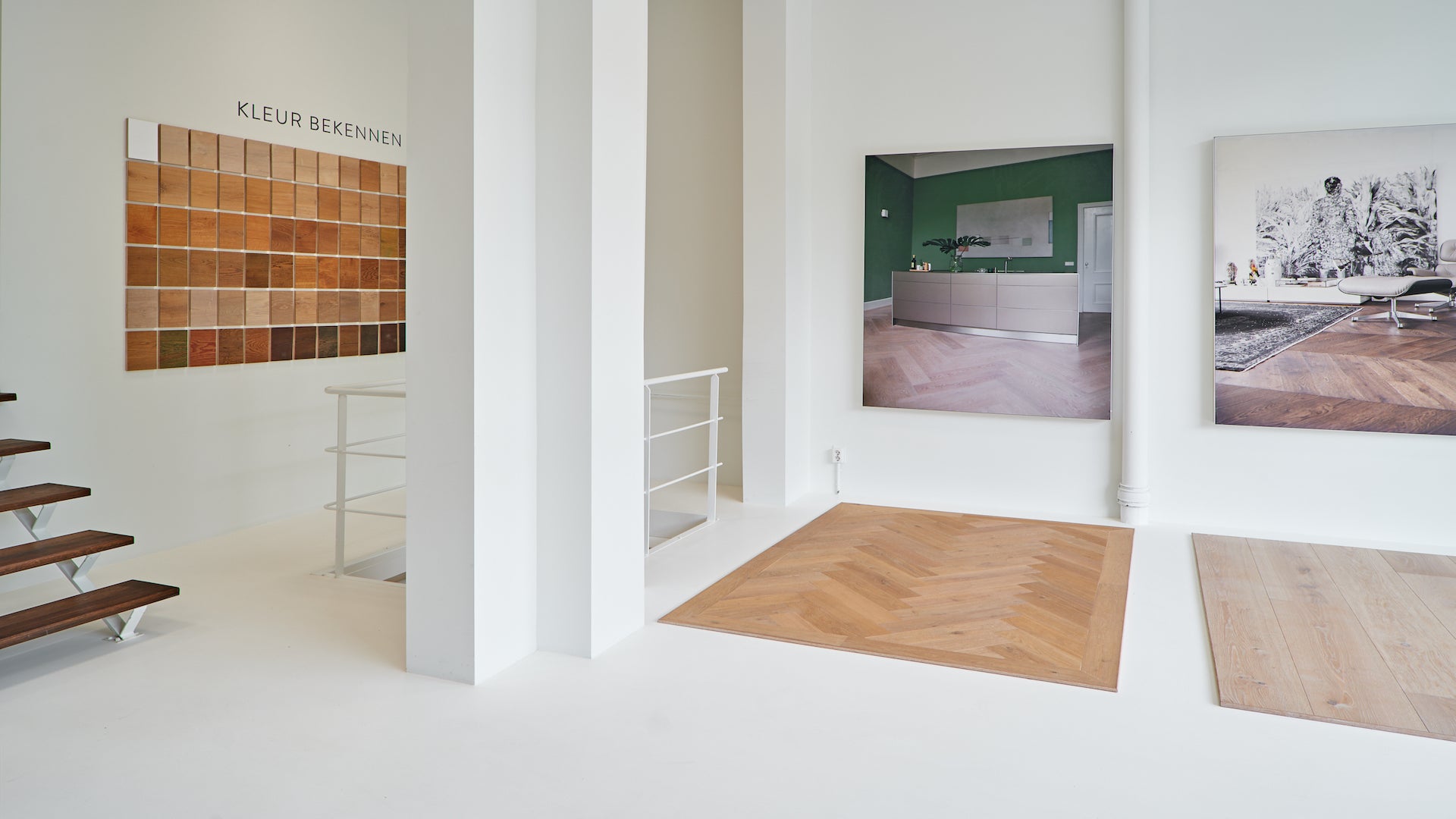CV ketel
The central heating boiler, an abbreviation for central heating boiler, forms the heart of many heating systems in homes and business premises. This device converts fuel, often natural gas, into heat, which is then used to heat water. This hot water is pumped through pipes to radiators or underfloor heating systems that then distribute the heat throughout the rooms. Over the years, technological advances have led to more efficient and environmentally friendly boilers, allowing households to stay comfortable while saving energy.
Bezoek de showroom
The emergence
The history of central heating goes back to ancient times. The Romans already used a system called 'hypocaust', an early form of underfloor heating . But the modern boiler, as we know it today, has its origins in the 19th and early 20th centuries when industrialization promoted the development of centralized heating systems.
Operation
The basic operation of a central heating boiler is to burn a fuel (usually natural gas, but sometimes also fuel oil or propane) to heat water. This hot water is then pumped through a network of pipes to radiators or underfloor heating systems that release the heat into the air in the home. A thermostat measures the temperature of the air and controls the boiler so that the desired temperature is maintained.
Characteristics
- Efficiency: Modern boilers are generally efficient, with many models achieving efficiencies of over 90%.
- Adjustability: The heat output can be easily adjusted via the thermostat.
- Fast Response: They can quickly provide heat when needed.
Bezoek de showroom
SWOT Analysis
STRENGTHS (STRENGTHS)
- Proven technology.
- Fast response to heating needs
(with a wooden floor with underfloor heating you are heating constantly during a season). - Good adjustability.
WEAKNESSESS
- Dependent on fossil fuels.
- Needs regular maintenance.
OPPORTUNITIES (OPPORTUNITIES)
- Technological advances can further increase efficiency.
- Possible integration with renewable energy sources.
THREATS
- Stricter environmental regulations can discourage the use of fossil fuels.
- Rise of alternative heating technologies such as heat pumps.
Impact on the environment
- Emissions: Central heating boilers emit CO2 and other greenhouse gases, which contribute to global warming.
- Air quality: Combustion can also lead to the emission of other harmful substances, such as nitrogen oxides (NOx), which can cause local air quality problems.
Usage costs
The running costs of a central heating boiler can vary depending on:
- Fuel prices: The cost of natural gas, heating oil or propane.
- Boiler efficiency: How much fuel is actually converted into usable heat.
- Maintenance costs: Regular service and possible repairs.
- Installation costs: The initial costs of purchase and installation.
In areas where gas is cheap and plentiful, running costs can be competitive with other heating options. However, in regions with higher gas prices or stricter environmental regulations, costs can increase.
Magazine Vol inspiratie
Magazine aanvragenCentral underfloor heating installation with underfloor heating under your wooden floor
A central heating system can be perfectly combined with underfloor heating for wooden floors . Underfloor heating offers a comfortable and efficient way of heating because the heat is spread evenly from the floor. Here is a general overview of how you can apply a central heating system with underfloor heating:
- Heat source: The boiler acts as the primary heat source, heating water by burning gas or other fuels.
- Underfloor heating distribution system: This is a system of pipes or pipes under the floor that distributes the heat of the heated water throughout the room. The distribution system is connected to a central distributor (often called an underfloor heating distributor) where the hot water from the central heating boiler enters and is then distributed through the various pipes.
- Mixing valve: Because underfloor heating operates at lower temperatures than traditional radiators, usually around 28°C to 32°C for underfloor heating under your wooden floor. Compared to 70°C to 80°C for radiators), it is often necessary to install a mixing valve on the manifold. This mixing valve mixes the return water (cooled water that returns from the underfloor heating ) with the hot water from the central heating boiler to reach the correct temperature for the underfloor heating .
- Circulation pump: This ensures that the water continuously circulates through the system. Some distributors have an integrated circulation pump, while other systems require a separate pump.
- Thermostat: As with other heating systems, underfloor heating is controlled by a thermostat. This measures the temperature in the room and switches the boiler and circulation pump on or off to maintain the desired temperature.
At Uipkes you can go not only for beautiful wooden floors. We can also underfloor heating in your home. Come by to discuss the options for your situation.
Insulation
Tip! Insulation: If possible under the underfloor heating pipes, it is important to apply a good insulation layer. This causes the heat to travel upwards into the room, rather than escaping downwards into the space below or the ground.
Advantages of combining a central heating system with underfloor heating:
- Even heat distribution: Underfloor heating heating ensures a comfortable indoor climate because the heat is spread evenly from the floor. instead of circulating air flows
- Energy efficiency: By operating at lower temperatures, underfloor heating can be more efficient than traditional radiators, leading to energy savings of approximately 15-20%
- Aesthetics: No visible radiators in the room.
- Comfort - The wooden floor is wonderful to walk on with bare feet in summer and winter
Energy label
If you switch to using only underfloor heating as a heat source, the guideline should be that the home achieves at least energy label B. Energy label B is then only the insulation value of the home without adding the influence of a heat pump and/or solar panels. After all, these add nothing to the insulation value of the home itself, only to the energy consumption.
CONVENTIONAL CH BOILER
The conventional central heating boiler, also known as the open boiler, is one of the oldest types of modern central heating boilers. It heats water which is then pumped through radiators or other heating elements. Hot water in the bathroom or kitchen, for example, often requires a separate boiler.
Advantages:
- Relatively cheap to purchase.
- Proven and robust technology.
Cons: - Lower efficiency compared to modern boilers.
- Requires a separate boiler for hot water.
- Takes up more space.
VR BOILER (IMPROVED EFFICIENCY)
The VR boiler stands for 'Improved Efficiency' and, as the name suggests, this boiler offers a better efficiency than conventional boilers. This means that less energy is lost during heating, which leads to lower energy costs.
Advantages:
- Better efficiency than conventional boilers.
- Cheaper than HR boilers.
Cons: - Lower efficiency than HR boilers.
- Sometimes also requires a separate boiler for hot water.
HR BOILER (HIGH EFFICIENCY)
The HR boiler or High Efficiency boiler is a technologically advanced version of the standard central heating boiler. Thanks to condensation technology, this boiler can recover the heat from combustion gases, resulting in a highly efficient heating solution.
Advantages:
- High efficiency due to condensation technology.
- Energy and cost saving in the long term.
- Many HR boilers are combination boilers that provide both heating and hot water.
Cons: - More expensive to purchase than VR and conventional boilers.
- Requires a drain for condensation water.
Bezoek de showroom
Energy label
HRE BOILER (HIGH EFFICIENCY ELECTRIC)
The HRe boiler is an innovative version of the HR boiler, which not only produces heat but also electricity. This allows a household to both meet its heating needs and contribute to its own electricity supply.
Advantages:
- In addition to heat, it also produces electricity.
- Can contribute to a lower electricity bill.
- Very efficient.
Cons: - Higher purchase price.
- Not yet widespread and may require specialist maintenance.
ELECTRIC BOILER
An electric boiler uses electricity to heat water instead of gas. This type of boiler can be particularly useful in areas where a gas connection is not available or for those looking to move away from fossil fuels.
Advantages:
- No gas connection required.
- More environmentally friendly if the electricity comes from renewable sources.
- Less maintenance and longer lifespan than gas-fired boilers.
Cons: - May be more expensive to use depending on electricity prices.
- Less suitable for larger homes or buildings due to capacity limits.
BIOMASS CH BOILER
The biomass central heating boiler is a green heating solution that uses organic materials such as wood pellets, wood chips or even agricultural waste products. This boiler offers a more sustainable and often carbon neutral way of heating. Each of these boilers has its own unique features and benefits, and the choice of a particular type will depend very much on the user's individual needs and priorities.
Advantages:
- Uses renewable energy sources such as wood pellets.
- Can be carbon neutral depending on biomass source.
Cons: - Requires storage for biomass.
- Potentially higher operating costs.
- Particulate matter emissions can be a concern.
Frequently Asked Questions
What is the history of the central heating boiler?
The modern central heating boiler has its origins in the 19th and early 20th centuries, during the period of industrialization. However, early forms of central heating, such as the 'hypocaust' of the Romans, date back to ancient times.
How does a central heating boiler work in combination with underfloor heating ?
The boiler heats water that is then pumped to an underfloor heating distributor. Through this distributor, the hot water is distributed through a network of pipes under the floor, where it releases its heat into the room.
Why is a mixing valve important for underfloor heating systems connected to a central heating boiler?
The underfloor heating operates at lower temperatures than traditional radiators, so a mixing valve is required to mix the return water (cooled water that returns from the underfloor heating ) with the hot water from the central heating boiler. This ensures the correct temperature for the underfloor heating .
What advantages does underfloor heating offer in combination with a central heating boiler?
Central heating boilers emit CO2 and other greenhouse gases when burning fuels, which contributes to global warming. They can also emit other harmful substances, such as nitrogen oxides (NOx), which can cause local air quality problems.
How does a central heating boiler affect the environment?
Yes, the color of a wooden floor can be changed over time. This depends on the wood specie and treatment. In many cases, wooden floors require multiple treatments. Ask an expert for advice if you want to change color.
Are there additional costs associated with using a central heating boiler?
Yes, in addition to the initial purchase and installation costs, there are usage costs such as fuel prices, maintenance costs and the costs of any repairs.
- Choosing a selection results in a full page refresh.
- Opens in a new window.

